Ten Extraordinary Ancient Texts That Exploded Our Ancient Knowledge
There are literally thousands of incredible texts that have survived from the ancient world, which are etched onto copper, beautifully inscribed on papyrus, chipped onto tablets, and even written using the ink of ground down gold and precious stones. While it is impossible to choose the best of the bunch, we have chosen ten incredible texts to feature, which have served to open new windows onto the daily lives of our ancestors and enhanced the knowledge we hold about our ancient past.
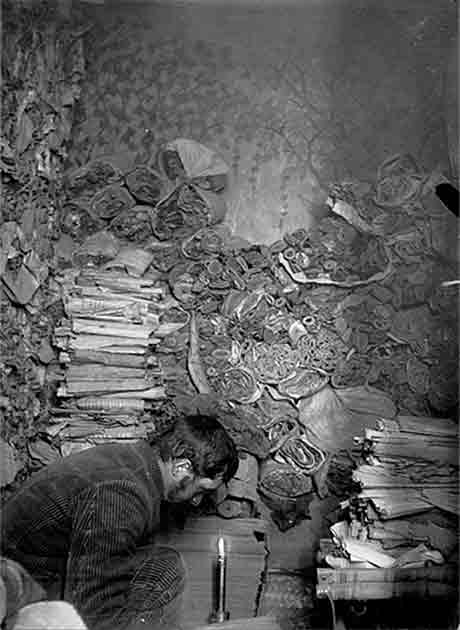
Paul Pelliot examining the Dunhuang manuscripts in the Library Cave at the Mogao Caves of Dunhuang, China, in 1908. (Public domain)
Incredible Ancient Texts #1. The Dunhuang Manuscripts
The Dunhuang Manuscripts are a cache of around 20,000 important scrolls found in the Mogao Caves of Dunhuang in China. The Dunhuang Manuscripts are a collection of incredible texts that date to between the 5th and 11th centuries AD. The majority of these ancient texts were discovered by a Daoist monk in 1900, having been sealed up in a chamber within a cave and hidden for about 900 years. Many of them were then sold to European explorers, while the remaining texts were taken to Beijing and can now be visited at the National Library of China.
Although the Dunhuang Manuscripts contain mostly Buddhist texts, there were other forms of sacred texts as well. These include Taoist, Nestorian Christian and Manichaean texts. In addition, there were also secular texts that dealt with various areas of knowledge, such as mathematics, history, astronomy and literature.
The manuscripts include a remarkable array of folk literature. This rich tapestry of narratives offers a unique perspective into the lives and experiences of ordinary people, unveiling their intricate connections with society, governance and kinship. These incredible texts not only illuminate personal experiences but also offer invaluable insights into the collective ethos of bygone eras.
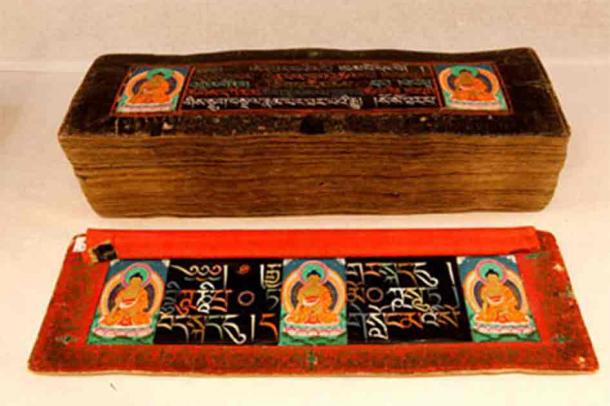
The Kangyur (the translated words of the Buddha) written with nine precious stones, are one of the more incredible texts from ancient history. (Fair Use)
Incredible Ancient Texts #2. The Kangyur Written with Nine Precious Stones
Tibetans practiced a form of Shamanism called Bon. From the 6th to 8th centuries AD, Buddhism slowly penetrated this mountainous region. The teachings of the Buddha were translated into Tibetan, but its final compilation was only achieved in the 14th century. This resulted in the creation of the Tibetan Buddhist Canon, which consisted of the Kangyur, the “translated words (of the Buddha).”
As copies were made of the original Kangyur, this text was disseminated throughout Tibet. One of these copies is the Kangyur written with nine precious stones, which is the only copy in the world. The ink used in the writing of this Kangyur is literally made from “precious stones,” namely gold, silver, coral, pearl, mother of pearl, turquoise, lapis lazuli, copper and steel, making it one of the most incredible ancient texts in the world.
These were first made into powder and placed into cups designated for each “stone.” Some fresh water from a mountain spring or rainwater was then mixed with special sweet adhesives (goat’s milk) and added to the cups to produce the ink. Then, using a painting brush made of sable fur, the ink was be used to write on processed black paper.
In addition to the text, paintings were also added to the Kangyur. These images were painted according to the artistic tradition of Zanabazar. Legend has it that the Kangyur “immediately give peace of mind and admiration to anybody who looks at it.”
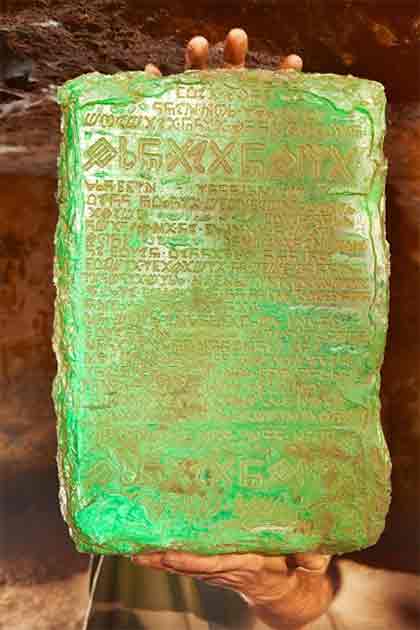
Representational image of the legendary Emerald Tablet, one of the more incredible texts from ancient history. (Couperfield / Adobe Stock)
Incredible Ancient Texts #3. The Legendary Emerald Tablet
The Emerald Tablet is said to be a tablet of emerald or green stone inscribed with the secrets of the universe. The origin of the original Emerald Tablet remains shrouded in mystery, enveloped by a veil of ancient legend and lore.
The most common legend claims that the tablet was found in a caved tomb under the statue of Hermes in Tyana, clutched in the hands of the corpse of Hermes Trismegistus himself. Another legend suggests that it was the third son of Adam and Eve, Seth, who originally wrote it. Others believed that the tablet was once held within the Ark of the Covenant. Some even claim that the original source of the Emerald Tablet is none other than the fabled city of Atlantis.
The Emerald Tablet would become one of the pillars of Western alchemy. It was a highly influential text in Medieval and Renaissance alchemy, and probably still is today. In addition to translations of the Emerald Tablet, numerous commentaries have also been written regarding its contents. Yet, despite the various interpretations available, it seems that none of their authors claim to possess knowledge of the whole truth.
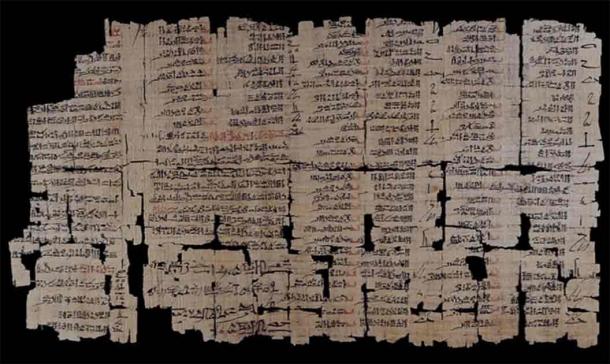
The Egyptian Dream Book, a hieratic papyrus, is an incredible text thought to date back to the reign of Ramesses II. (The British Museum / CC BY-NC-SA 4.0)
Incredible Ancient Texts #4. The Egyptian Dream Book
The Egyptian Dream Book is preserved in the form of a papyrus with a hieratic script. This papyrus was found in the ancient Egyptian workers’ village of Deir el-Medina, near the Valley of the Kings. Dated to the early reign of Ramesses II (1279-1213 B.C.), each page of this incredible text begins with a vertical column of hieratic signs which translates as “If a man sees himself in a dream.”
In each horizontal line that follows, a dream is described, accompanied by the diagnosis “good” or “bad,” alongside its interpretation. For instance: “If a man sees himself in a dream looking out of a window, good; it means the hearing of his cry.” The good dreams are listed first, followed by the bad ones written in red, symbolizing bad omens.Top of Form
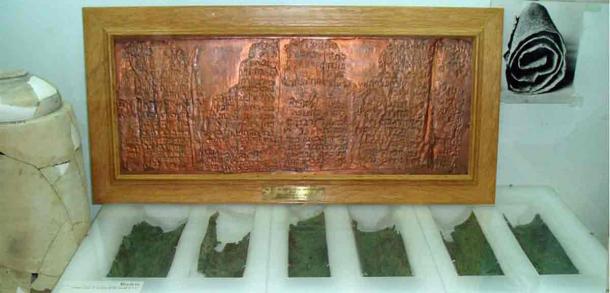
Display of the remnants of the Copper Scroll unearthed at Qumran. (Fair Use)
Incredible Ancient Texts #5. The Copper Scroll
The Copper Scroll is part of the extraordinary cache of 1st-century documents first discovered in caves at Qumran, popularly known as the Dead Sea Scrolls. The Copper Scroll, however, is a particularly incredible text, as it is very different from the other documents in the Qumran library. In fact, it is so anomalous among the Dead Sea Scrolls—its author, script, style, language, genre, content and medium all differ to the other scrolls—that scholars believe it must have been placed in the cave at a different time to the rest of the ancient documents.
As Professor Richard Freund stated, the Copper Scroll is “probably the most unique, the most important, and the least understood.” Unlike the other scrolls, which were literary works, the copper scroll contained a list. It was no ordinary list, rather it contained directions to 64 locations where staggering quantities of treasure could be found.
Sixty-three of the locations refer to treasures of gold and silver, which have been estimated in the tonnes. Tithing vessels are also listed among the entries, along with other vessels, and three locations featured scrolls. One entry apparently mentions priestly vestments. In total, over 4,600 talents of precious metal are listed on the scroll, making the total haul worth more than a billion dollars.
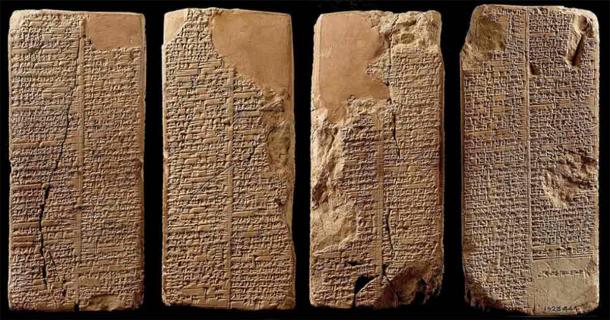
Weld-Blundell Prism is a clay cuneiform inscribed with the Sumerian Kings List. (Public domain)
Incredible Ancient Texts #6. The Sumerian King List
The Sumerian King List, an ancient manuscript recorded in the Sumerian language, lists kings of Sumer from Sumerian and neighboring dynasties along with their supposed reign lengths and the locations of “official” kingship. Recovered from sites in Iraq where flourishing Sumerian cities once stood, it stands as one of the most intriguing artifacts and incredible texts ever discovered.
What makes this artifact so unique is the fact that the list blends apparently mythical pre-dynastic rulers with historical rulers who are known to have existed. Among all the examples of the Sumerian King List, the Weld-Blundell prism in the Ashmolean Museum cuneiform collection in Oxford represents the most extensive version as well as the most complete copy of the King List.
The 8-inch-high (20.32 cm) prism contains four sides with two columns on each side. It is believed that it originally had a wooden spindle going through its center so that it could be rotated and read on all four sides. It lists rulers from the antediluvian (“before the flood”) dynasties to the fourteenth ruler of the Isin Dynasty (ca. 1763–1753 BC).
The list is of immense value because it reflects very old traditions while at the same time providing an important chronological framework relating to the different periods of kingship in Sumeria. This incredible text even demonstrates remarkable parallels to accounts in Genesis.
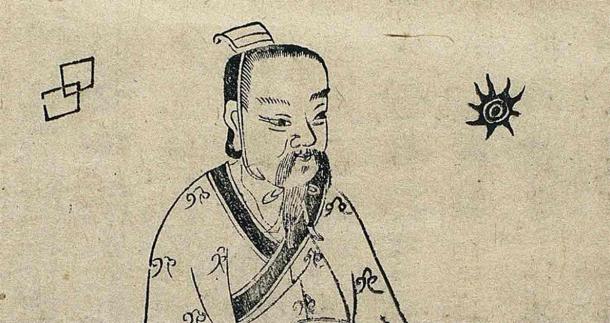
Portrait of Bian Que, who is thought to have written hundreds of bamboo strips now understood to be incredible medical manuscripts. (Gan Bozong / CC BY 4.0)
Incredible Ancient Texts #7. Ancient Bamboo Medical Books of Bian Que
In 2013, archaeologists unearthed 920 bamboo strips within four Western Han Dynasty (206 BC to 24 AD) tombs. These were located in the town of Tianhui, in the south-western city of Chengdu in China, and contained recipes for treating ailments that date back 2,000 years. Analyses of these incredible texts revealed that some of them were written by the legendary Bian Que, China’s earliest known physician.
Translation work has also revealed the remarkable contents of these ancient medical manuscripts. Experts say the works are based mainly on studies of determining disease by taking the patient's pulse. Other practices mentioned include internal medicine, surgery, gynecology, dermatology, ophthalmology and even traumatology. In addition, 184 tiles are related to the medical treatment of horses, considered by the experts as one of the most important veterinarian works in ancient China.
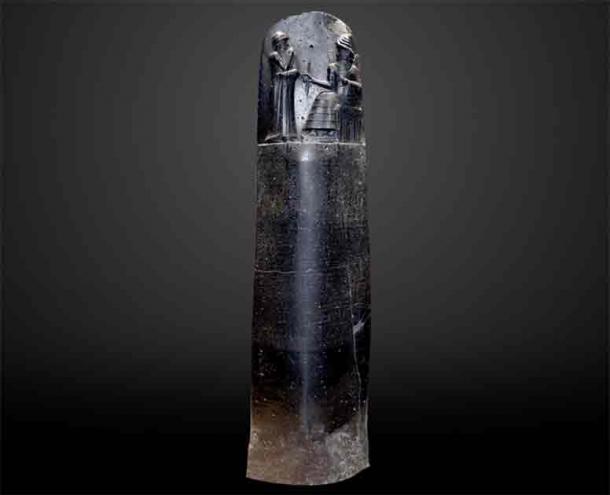
The most famous collection of laws from the ancient world is Hammurabi’s Code of Laws. These incredible texts were found at various sites across Mesopotamia, but the most famous was discovered on an enormous basalt stele monument found at Susa in modern-day Iran. (Louvre / CC BY 3.0)
Incredible Ancient Texts #8. Hammurabi’s Code of Laws
Hammurabi’s Code of Laws is one of the most famous collections of laws from the ancient world. Hammurabi, who reigned from 1792 to 1750 BC, was the sixth ruler of the First Dynasty of Babylon. During his long reign, he oversaw the great expansion of his empire, and made Babylon a major power in Mesopotamia.
By the time of Hammurabi’s death, Babylon was in control of the whole of Mesopotamia, although his successors were not able to maintain this control. Despite the rapid disintegration of his empire, his code of laws has survived the ravages of time, though it was only in the 20th century that they were rediscovered by archaeologists. These laws defined various types of crimes and the penalties to be applied in each case. Hammurabi’s Code of Laws is typically described as an “eye for an eye” system of justice.
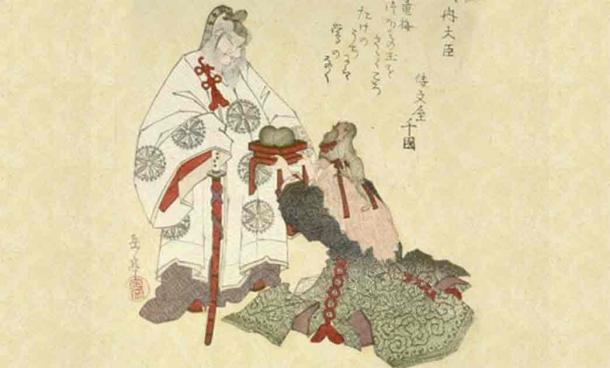
The Takenouchi manuscripts were supposedly passed down by the Takenouchi family, who were descendants of the legendary Japanese hero Takenouchi no Sukune, father of Takenouchino Matori. Edo period depiction of Takenouchi no Sukune. (Harvard Art Museums)
Incredible Ancient Texts # 9. The Takenouchi Manuscripts
The Takenouchi manuscripts are a set of mysterious documents written in a combination of Japanese and Chinese characters. Transcribed from even older texts, they are thought to have been rewritten 1,500 years ago by a man named Takenouchino Matori. Legend has it that these incredible ancient texts were written by the gods thousands of years ago in divine characters.
The unusual texts tell a story of humanity in an unprecedented manner, starting from the beginning of creation up until the advent of Christianity. These ancient texts describe an era in which mankind lived in peace and harmony, united under the rule of the son of a Supreme God.
Trying to unravel the origins and authenticity of the Takenouchi documents is now an impossible task as the original manuscripts were allegedly confiscated by government authorities and later lost. As a result, much speculation has circulated regarding the accuracy, and indeed the veracity, of the Takenouchi manuscripts.
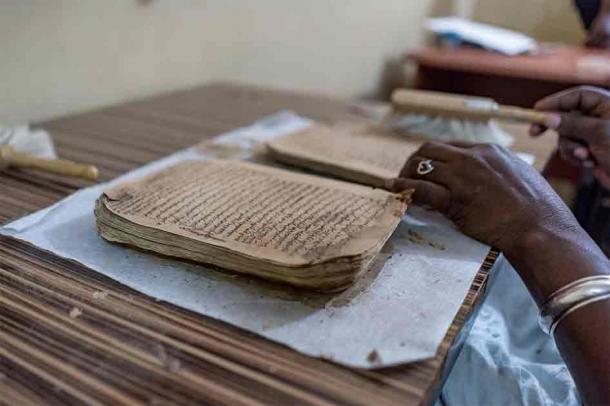
The incredible ancient texts of Timbuktu challenge ideas about African culture by showcasing the depth and complexity of intellectual and scholarly pursuits in historical African societies. (Mark Fischer / CC BY-SA 2.0 DEED)
Incredible Ancient Texts #10. The Timbuktu Manuscripts
Located at the gateway to the Sahara Desert in what is now Mali, within the confines of the fertile zone of the Sudan, Timbuktu is one of the cities of Africa whose name is the most heavily charged with history. Founded in the 5th century, it became an intellectual and spiritual capital, reaching its golden age in the 15th and 16th centuries.
Around 700 years ago, it was a bustling hub where travelers from Europe, sub-Saharan Africa, Egypt and Morocco met to trade in salt, gold, ivory and unfortunately, slaves. But it wasn’t only “goods” that were exchanged. Timbuktu was a place where ideas, philosophies, intellectual thought and religious beliefs came together in a dynamic mix. One of the primary ways in which such ideas were exchanged was through the sale of books.
The Timbuktu Manuscripts are an impressive sight. Bundled in camel skin, goat skin or calf leather and inscribed in gold, red and jet-black ink, their pages are filled with words in striking calligraphy from Arabic and African languages. Meanwhile, these incredible ancient texts also contain an intriguing array of geometric designs.
Subjects in the collections, spanning the 13th through 17th century, include the Koran, Sufism, philosophy, law, mathematics, medicine, astronomy, science, poetry and much more. The Timbuktu Manuscripts offer a glimpse into the minds of the era's foremost thinkers as they contemplated the significance of their circumstances.
Top image: Representational image of the allure of incredible ancient texts. Source: Sodapeaw / Adobe Stock


















Comments
“The Bad-Ass Librarians of Tim-buc-Tu” tells a fascinating story of the rescue and preservation of many of their historical texts from certain destruction by terrorists in modern times. People there risked their lives to smuggle an estimated 300,000 historical texts to safety, preserving their heritage and our access to knowledge for future generations. The ISIS related groups did manage to confiscate and burn many, but many more were saved, mostly by concerned civilians in the area, as military or governmental help was non-existent.
I see our recent past Renaissance, was done Much earlier and this text is proof of that :)
That is a serious piece of archeology :) Double Thumbs up to who found that !
I'm looking online for an English translation of the Dunhuang Manuscripts. Having a look into the daily lives of people who lived so long ago is fascinating and I'd love to be able to read about them. Does anyone happen to know if an English translation is available online somewhere?
Excellent article Btw! I love this kind of thing. :)
“Under the Capitalist Sun, there is Nothing Sacred” Dr. Li-Chuan Chen
Come to Tamil Nadu (South India)...we have lot of ancient palm leaves, inscriptions of sangam period...
Bill, do a research before you post a comment showing ignorance ... Mogao Caves is a well known UNESCO protected site in China...
Pages